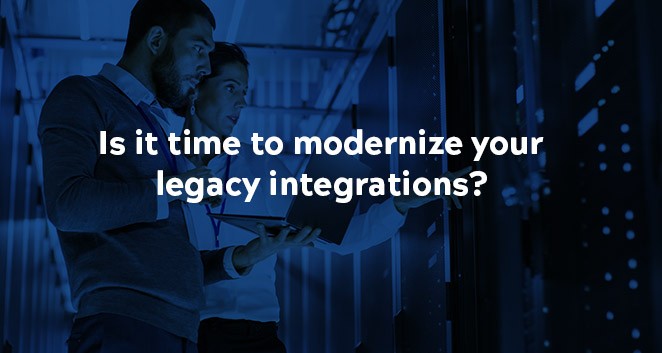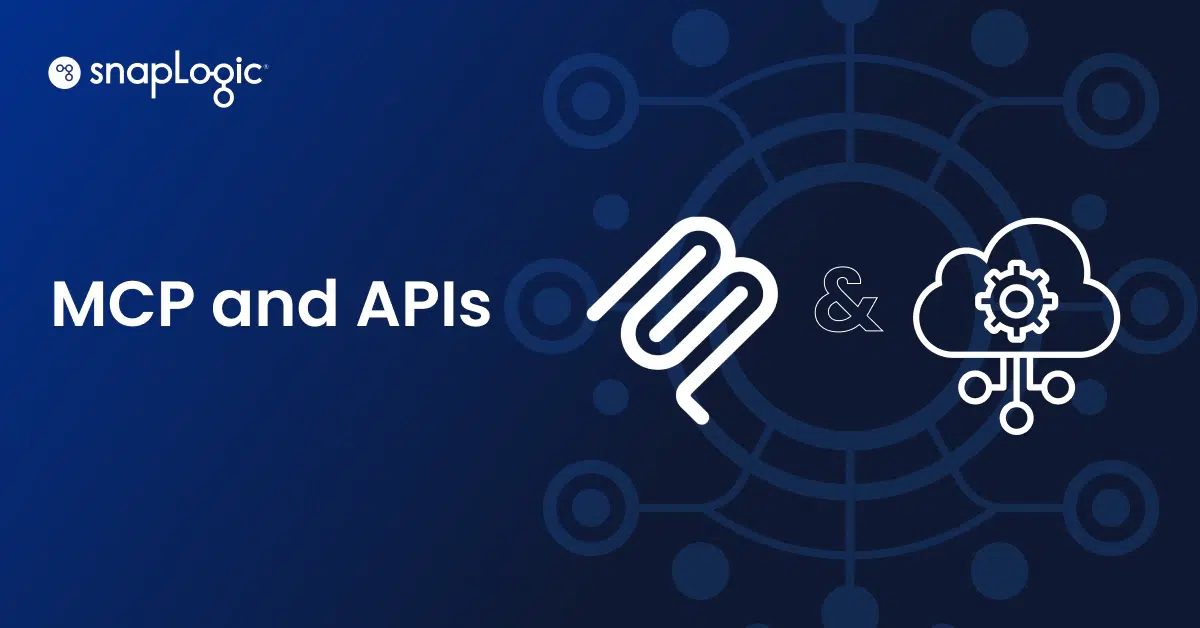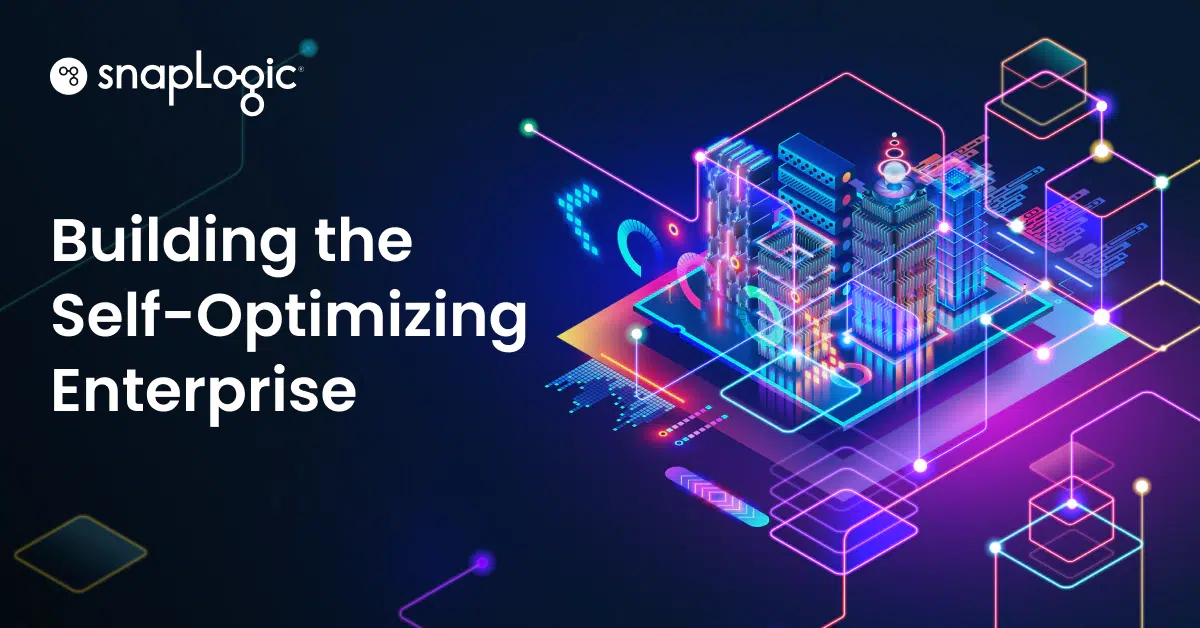Technology has changed the way consumers engage with companies, and frankly, it has changed how employees work in recent years. Not only do consumers use their mobile phones to have a more engaging in-store experience but they can easily purchase coffee and have it delivered to their doors instantaneously through a mobile app. Likewise, gone are the VoIP phones in the office when most employees are using Slack or Zoom to connect with their colleagues, customers, partners, and vendors from their home office.
Embarked on your digital transformation journey. Now what?
A decade ago, many companies began undertaking digital transformation projects with the goal of digitizing existing business processes, with aims of improving business revenue and increasing value for their customers and employees. On their digital transformation journey, companies adopted new cloud technologies to turn manual processes into digital processes. The reality of digital transformation is that it’s rarely a one-and-done project but rather an iterative, multi-year transformation. Many of these companies still own many legacy systems and applications that were once crucial to their backend operations and business processes that they haven’t retired yet, or might not have plans to. Though these applications are still in use and often hold critical data, they are becoming incompatible with newer technologies, which in turn, create bottlenecks or a hindrance to the business.
As part of their digital transformation journey, these organizations may have considered the following options
- All in on the cloud: In some cases, companies may opt to move all their applications and systems to the cloud and fully retire all their legacy systems
- Hybrid model: In many cases, companies may never retire some key legacy applications and will need to seamlessly marry legacy systems with new cloud technologies
Whichever option you decide, you may end up facing a very common challenge that other IT leaders face, which is managing legacy integrations.
Why companies need to modernize integrations
To operationalize your digital transformation strategy and plan, you need to check whether your existing integrations are compatible with newer cloud applications and systems. If not, then it may be time to modernize your legacy integrations to accelerate and reap the benefits of your digital transformation efforts.
Legacy integrations that do not support cloud or hybrid architectures require painful, time-consuming, and costly integration maintenance that slows down project delivery to meet business needs and causes the company to be in reactive mode due to integration delays.
Why modernize with SnapLogic?
SnapLogic has helped hundreds of companies modernize their app and data infrastructure and architecture, including Box, Adobe, Illumina, T. Rowe Price, Wendy’s, and many more. Not only does SnapLogic support an organization’s digital transformation journey by helping them move to the cloud, but we also support a hybrid architecture if companies still need to keep their legacy systems on-premises to meet current or future business demands. Additionally, SnapLogic enables business stakeholders to gain access to data quickly from legacy systems as well as cloud applications and to streamline backend processes for seamless customer and employee engagements.
Ready to accelerate your digital transformation efforts by modernizing your current integrations? I invite you to chat with one of our modernization specialists to talk about your current digital strategy and integration needs. Contact us today.










